
Demystifying Tokenization: A Beginner’s Guide to Blockchain-based Assets
Unlocking the Potential of Distributed Ledger Technology
Blockchain technology has revolutionized various industries and has the potential to transform how we manage assets. One key concept that has emerged in this space is tokenization. By breaking down valuable assets into digital tokens that can be traded and transferred easily on a blockchain, tokenization opens up new possibilities for the management of assets, investments, and ownership. This beginner’s guide aims to demystify tokenization, providing a comprehensive understanding of its origins, applications, and implications for the future.
A Historical Overview: From Origins to Milestones
Tokenization has its roots in the concept of cryptocurrencies, with Bitcoin being the first tokenized digital asset. Bitcoin utilized blockchain technology to create a decentralized and secure digital currency. However, the concept of tokenization took shape with the development of smart contracts on blockchain platforms like Ethereum.
Smart contracts allow for the creation of programmable tokens, enabling the representation of physical or digital assets on the blockchain in a secure and transparent manner. This innovation gave birth to a new era of tokenization, where assets such as real estate, artwork, and even intellectual property could be represented as tokens on a blockchain.
Since then, tokenization has experienced significant milestones. In 2017, the emergence of Initial Coin Offerings (ICOs) showcased the potential of tokenization as a means to raise funds. ICOs enabled startups and projects to issue and distribute tokens in exchange for funding, revolutionizing the traditional fundraising landscape.
Furthermore, the growth of decentralized finance (DeFi) has accelerated the adoption of tokenization. DeFi applications offer various financial services such as lending, borrowing, and yield farming, all powered by tokenized assets. This has not only democratized access to financial services but has also increased the liquidity and efficiency of traditional markets.
The Advantages and Disadvantages of Tokenization
Tokenization offers numerous advantages, making it an attractive proposition for asset management. Firstly, it enhances liquidity by allowing fractional ownership, enabling individuals to invest in assets that were previously out of reach. Tokenization also reduces intermediaries and associated costs, making transactions faster and more accessible.
Additionally, tokenization increases transparency and trust in asset management. Blockchain technology ensures that ownership records are immutable and verifiable, reducing the risk of fraud and improving accountability.
However, tokenization is not without its challenges. One key concern is regulatory compliance. As tokenization blurs the lines between traditional assets and digital tokens, there is a need for regulatory frameworks to catch up and provide clarity. Additionally, tokenization relies on the underlying blockchain infrastructure, which may face scalability and security issues.
Real-World Applications: From Real Estate to Intellectual Property
The potential applications of tokenization span across various industries. Real estate, for example, can be tokenized, allowing investors to own fractional shares of properties. This enables diversification and access to real estate investments with lower entry barriers.
Similarly, artwork can be tokenized, enabling artists to sell fractional portions of their work and providing investors with an opportunity to own a stake in the art market. This opens up new channels for artists to monetize their work and allows art enthusiasts to participate in the market.
Intellectual property can also be tokenized, allowing creators to protect and monetize their work. By representing patents, copyrights, and trademarks as tokens, creators can easily license or sell their intellectual property, creating a fair and transparent marketplace.
Other potential applications of tokenization include supply chain management, loyalty programs, and carbon credits. The possibilities are vast, and as blockchain technology and tokenization continue to evolve, we can expect further innovation and integration into different sectors.
The Future of Tokenization: Predictions and Trends
The future of tokenization holds immense potential. With the ongoing developments in blockchain technology and the increased adoption of digital assets, tokenization is expected to become more mainstream. We can expect to see traditional financial institutions embracing tokenization, offering their clients access to tokenized assets. This could democratize investment opportunities and increase market efficiency.
Moreover, improvements in regulatory frameworks will likely provide more clarity and certainty to participants in the tokenization space. Striking the right balance between innovation and regulation is crucial for unlocking the full potential of tokenization.
In terms of technological advancements, the integration of tokenization with other technologies such as artificial intelligence and the Internet of Things (IoT) has the potential to create groundbreaking solutions. Combining tokenization with AI could automate asset valuation and decision-making processes, increasing efficiency and reducing human errors.
Frequently Asked Questions
1. What is tokenization?
Tokenization is the process of converting valuable assets into digital tokens that can be managed, traded, and transferred easily on a blockchain.
2. How does tokenization benefit asset management?
Tokenization enhances liquidity, reduces intermediaries, increases transparency, and widens access to investments.
3. What are the challenges of tokenization?
Regulatory compliance and scalability issues are key challenges in tokenization. Regulatory frameworks need to catch up with the innovation, and blockchain infrastructure needs to overcome scalability and security concerns.
4. What industries can benefit from tokenization?
Industries such as real estate, artwork, intellectual property, supply chain management, loyalty programs, and carbon credits can benefit from tokenization.
5. What does the future hold for tokenization?
The future of tokenization looks promising, with increased mainstream adoption, integration with traditional financial institutions, advancements in regulatory frameworks, and the potential integration with AI and IoT technologies.
We hope this beginner’s guide has helped demystify tokenization and provided insights into the potential of blockchain-based assets. By embracing tokenization, individuals and businesses can unlock new investment opportunities, increase efficiency, and participate in a more transparent and inclusive economy.
What are your thoughts on tokenization? Share your opinions and experiences in the comments below!
More in this category ...
Ripple companions with SBI Group and HashKey DX for XRPL answers in Japan
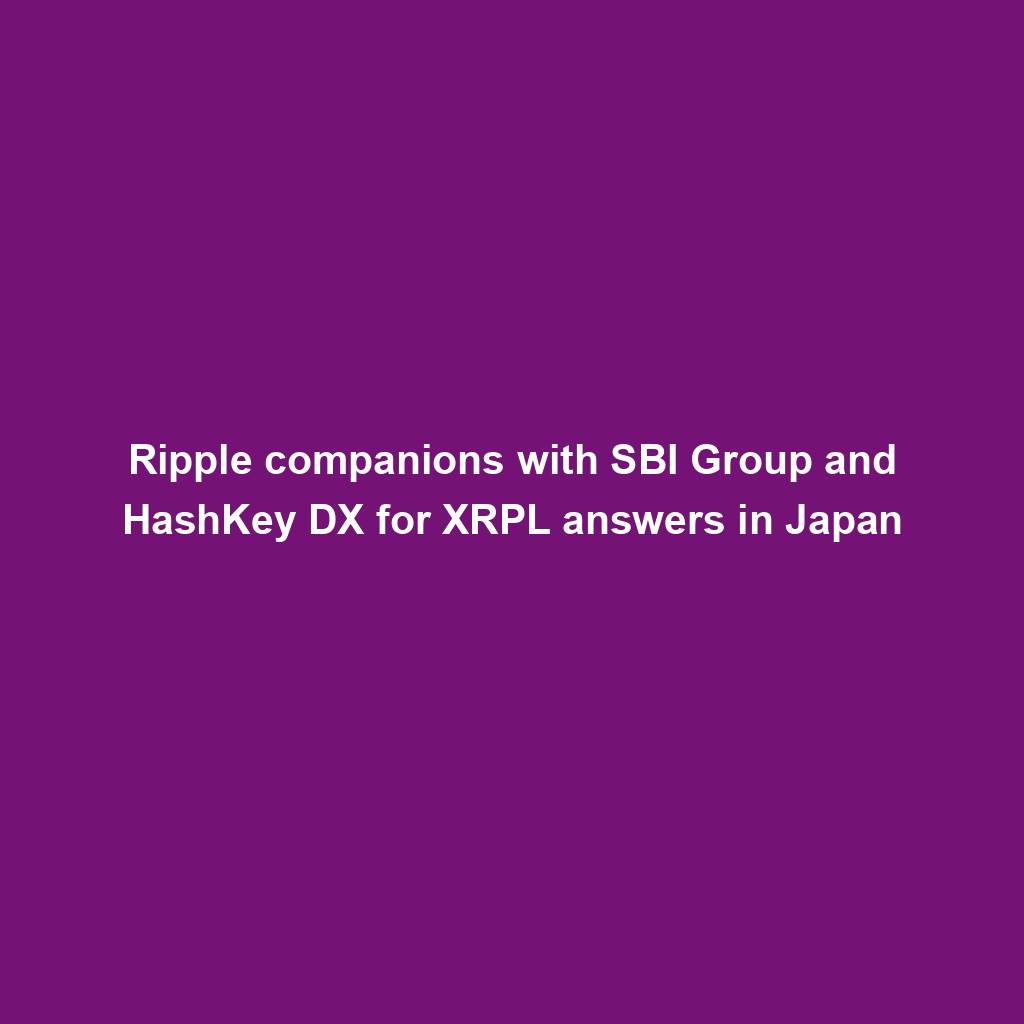
April sees $25M in exploits and scams, marking historic low ― Certik
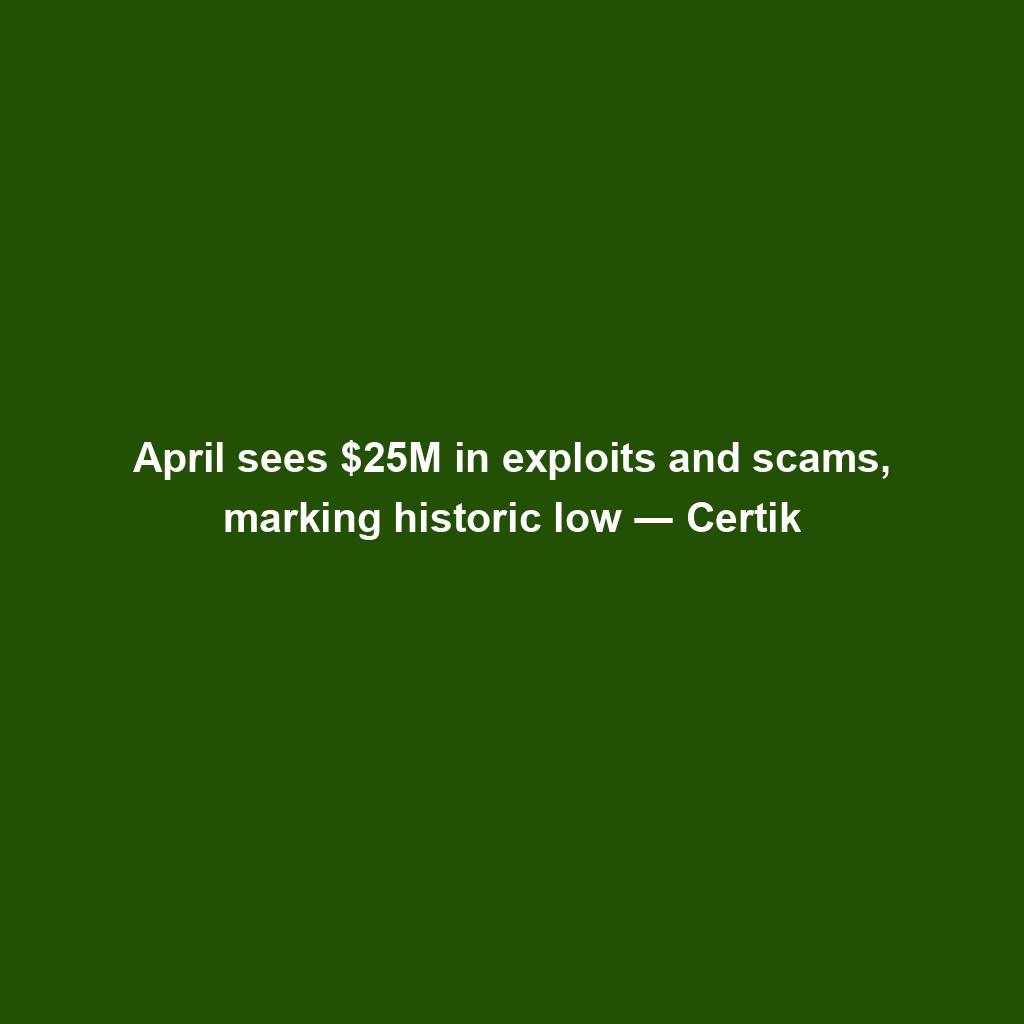
MSTR, COIN, RIOT and different crypto shares down as Bitcoin dips
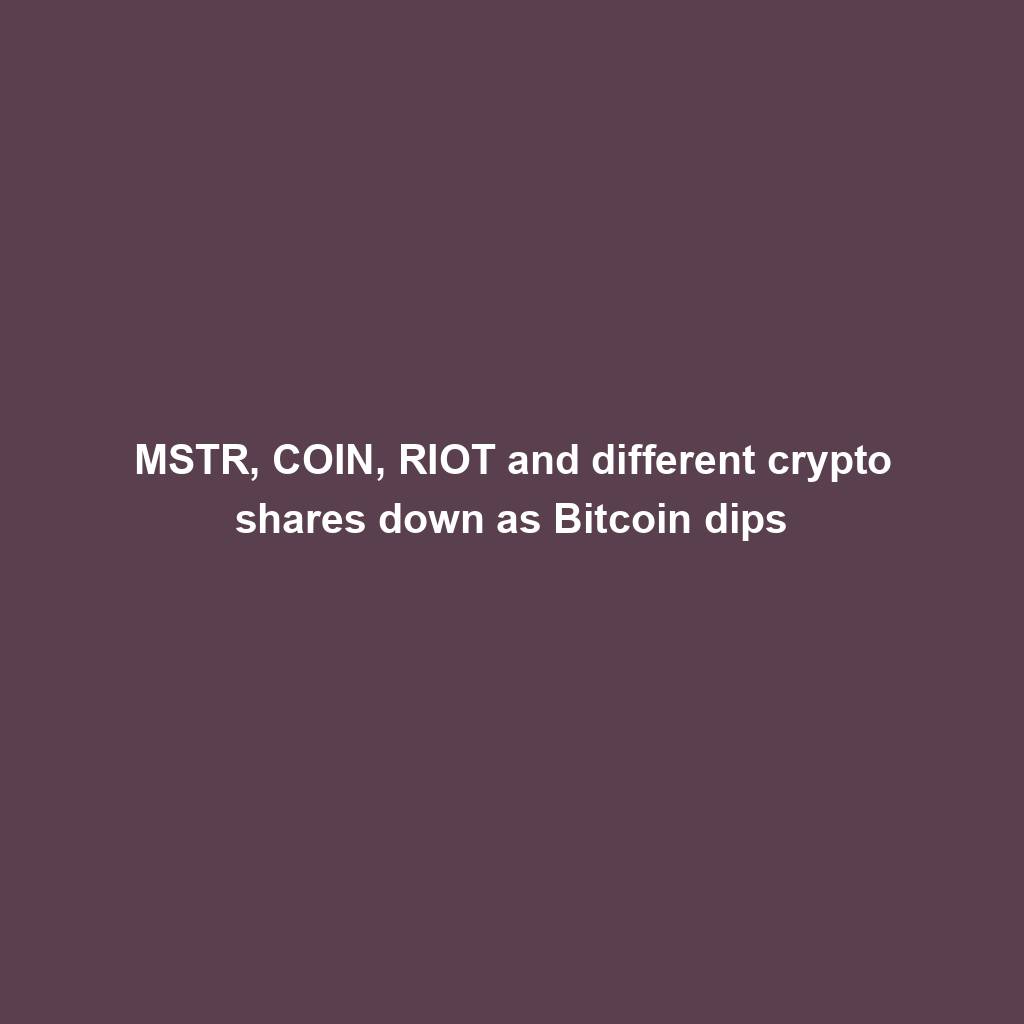
EigenLayer publicizes token release and airdrop for the group
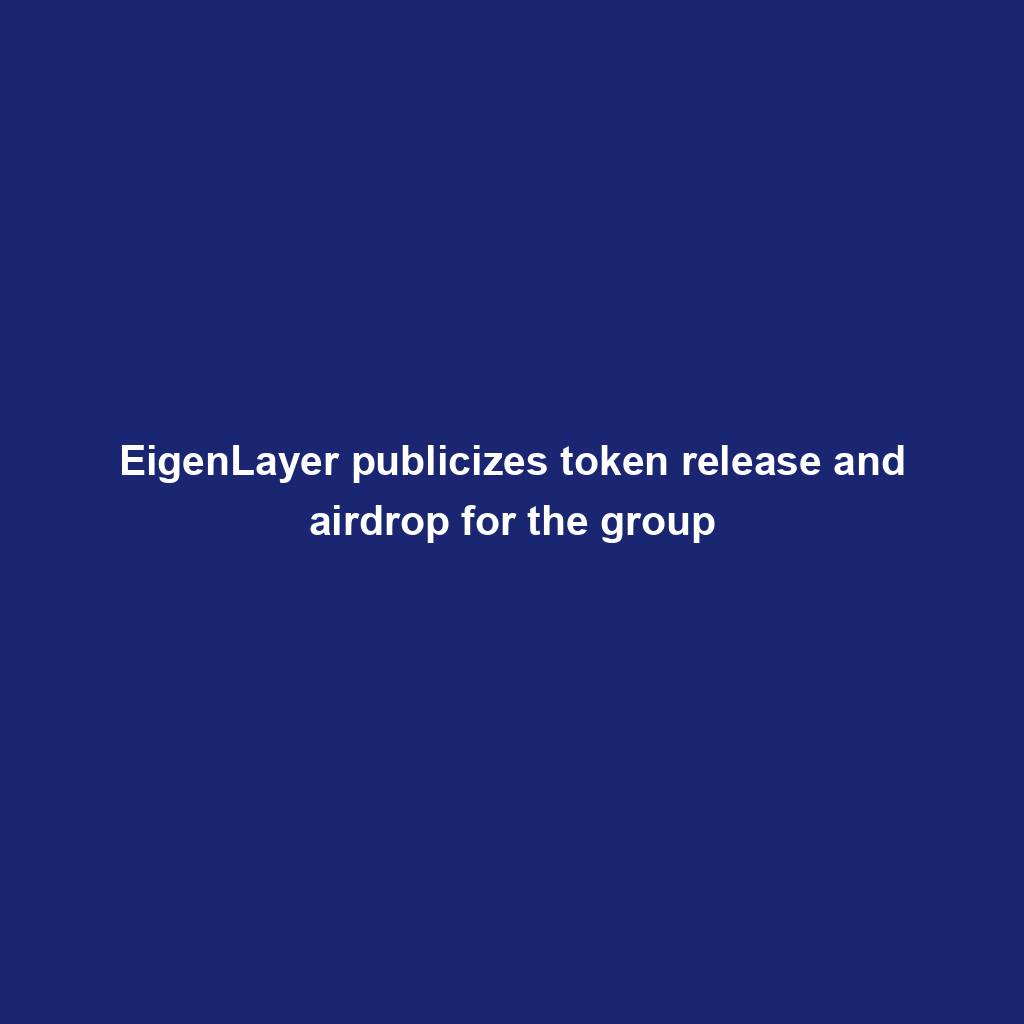
VeloxCon 2024: Innovation in knowledge control

Successful Beta Service release of SOMESING, ‘My Hand-Carry Studio Karaoke App’

Dogwifhat (WIF) large pump on Bybit after record reasons marketplace frenzy
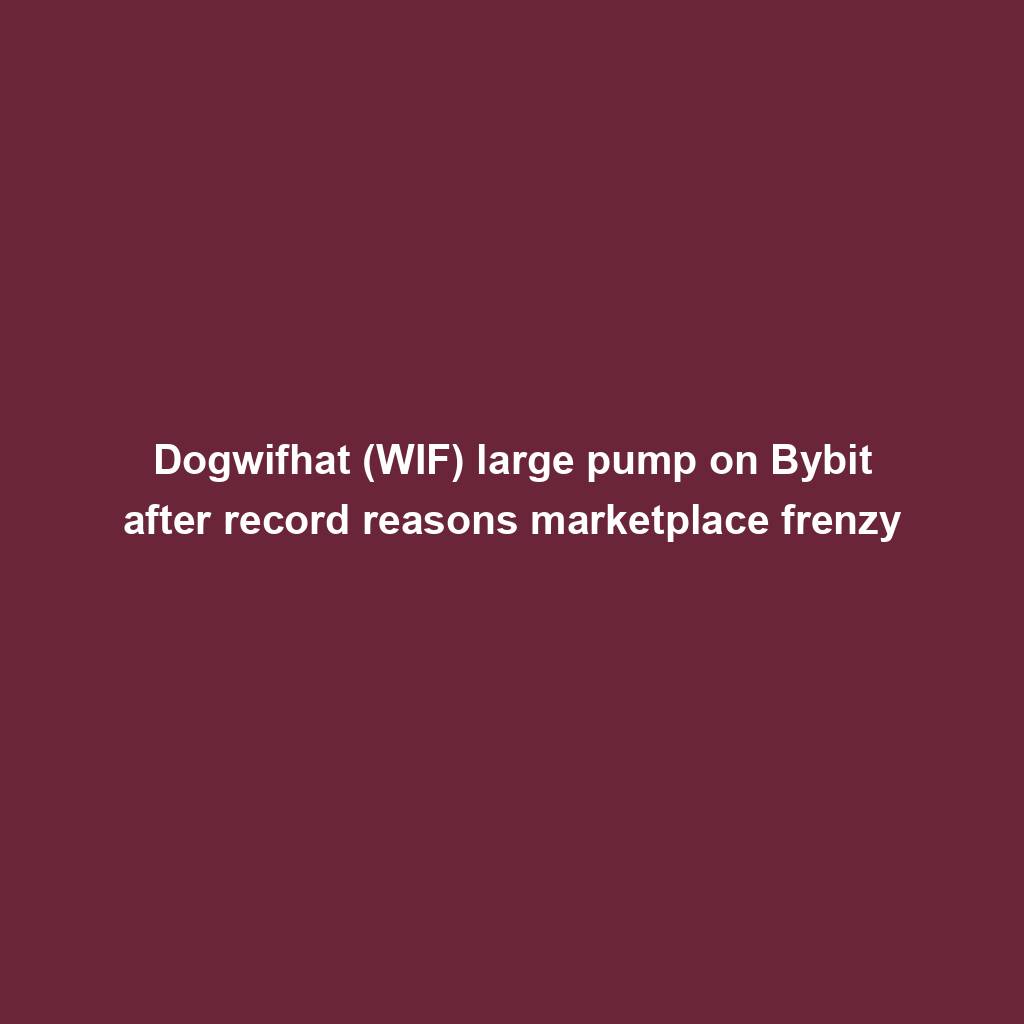
How fintech innovation is riding virtual transformation for communities around the globe
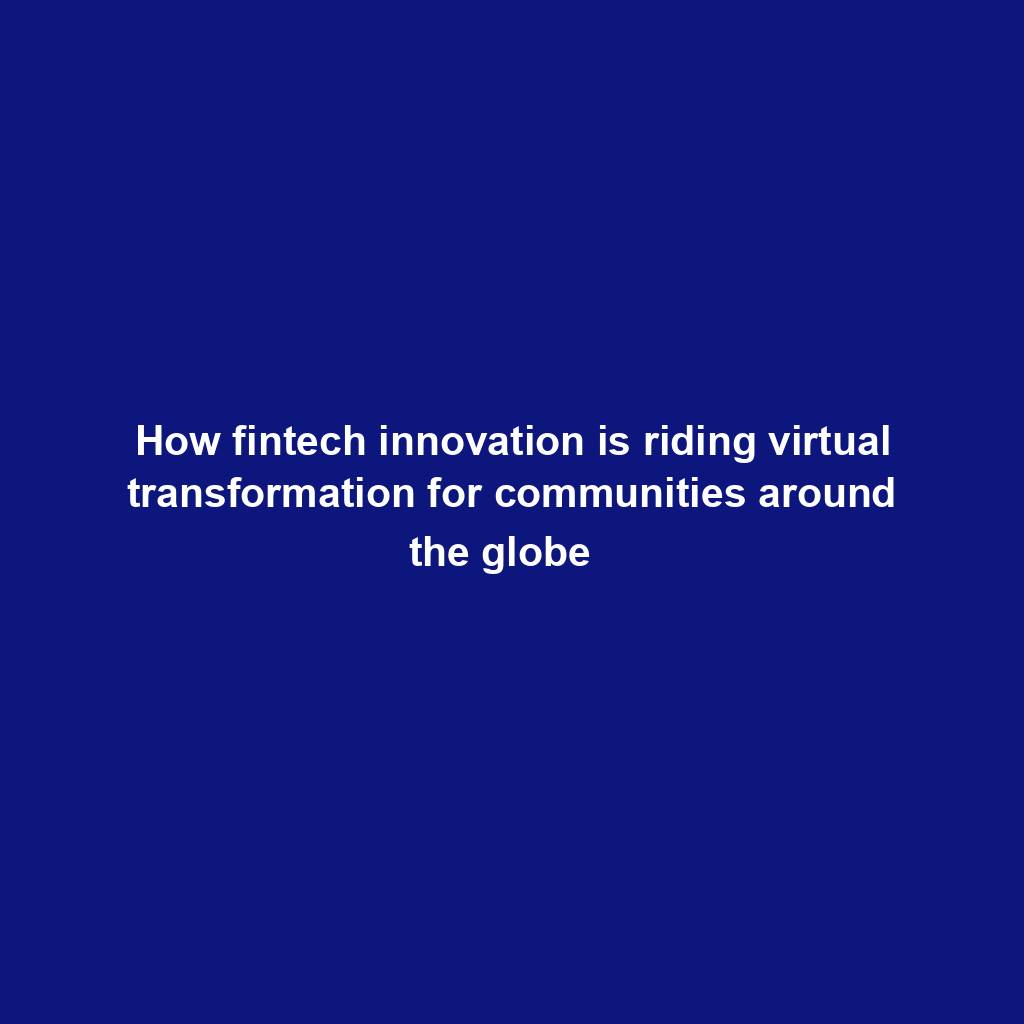
Wasabi Wallet developer bars U.S. customers amidst regulatory considerations
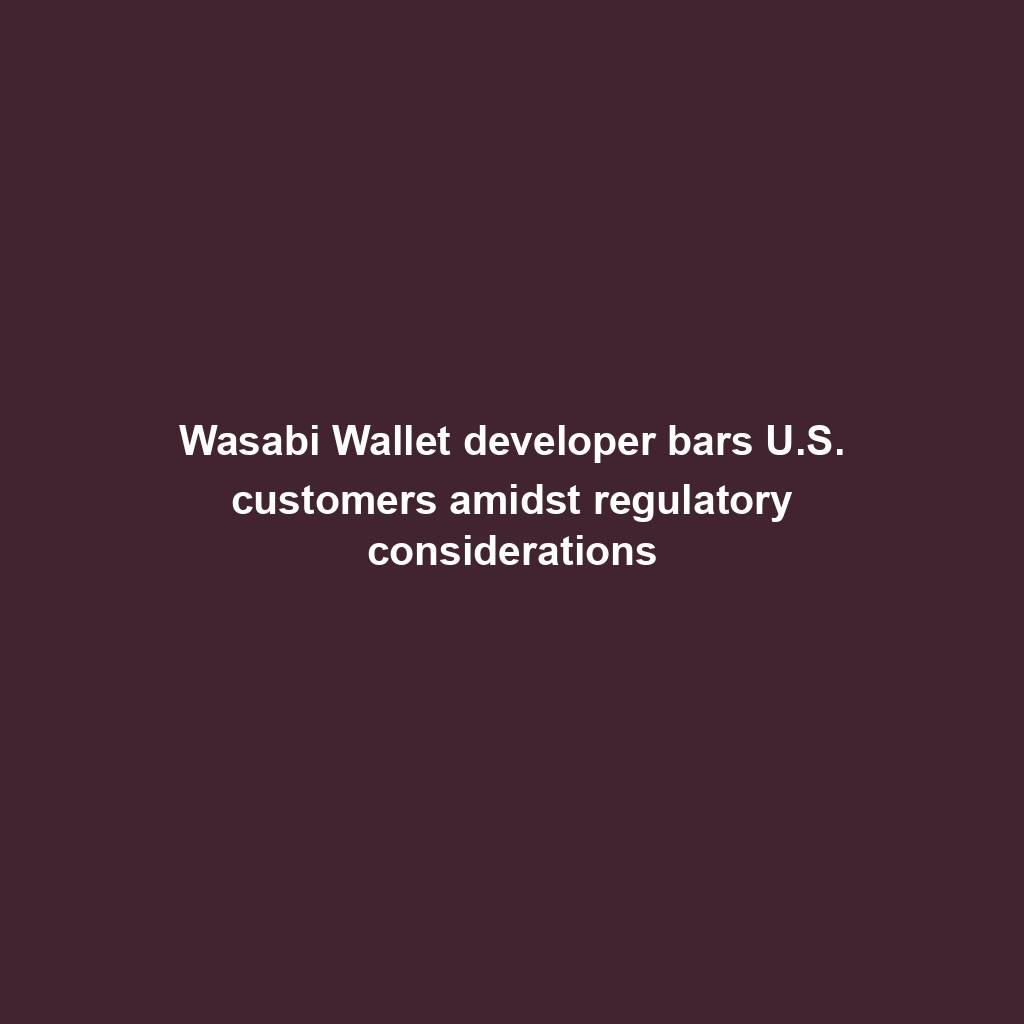
Analyst Foresees Peak In Late 2025
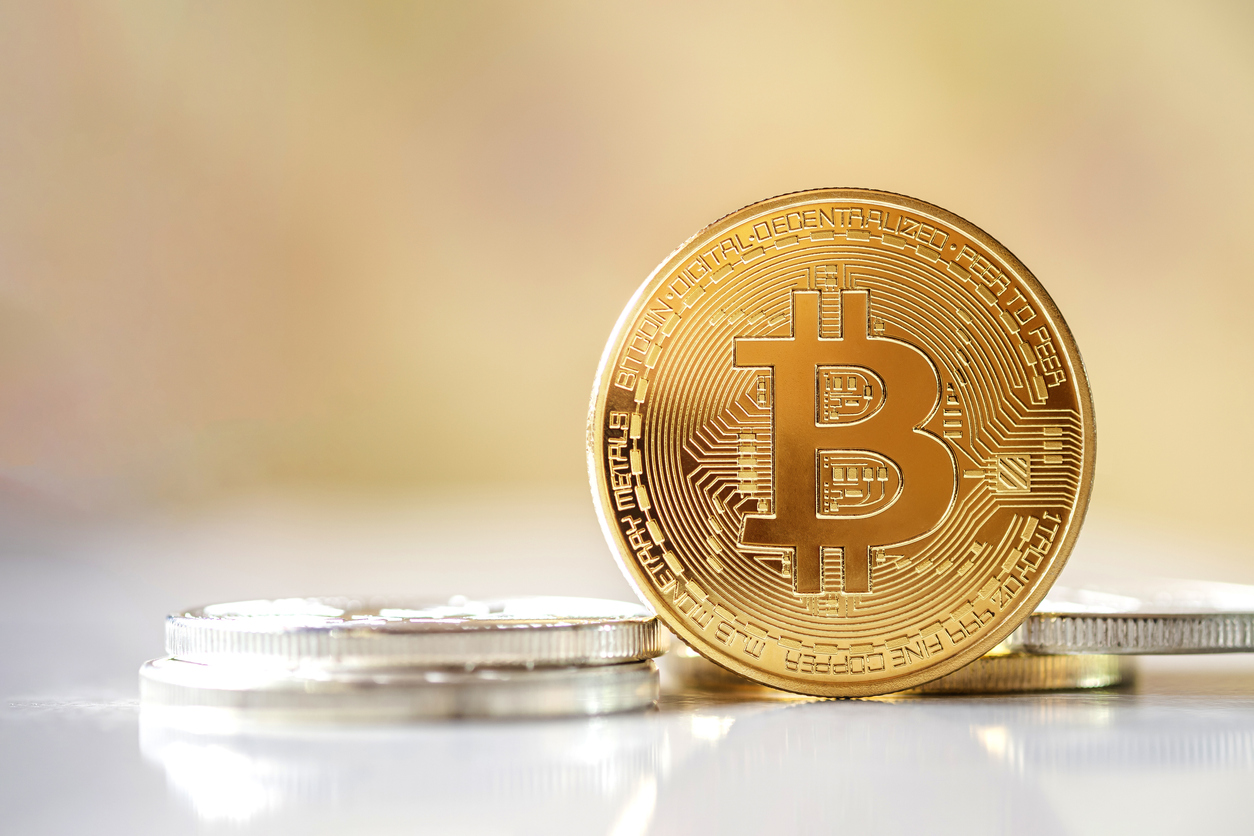
Solo Bitcoin miner wins the three.125 BTC lottery, fixing legitimate block
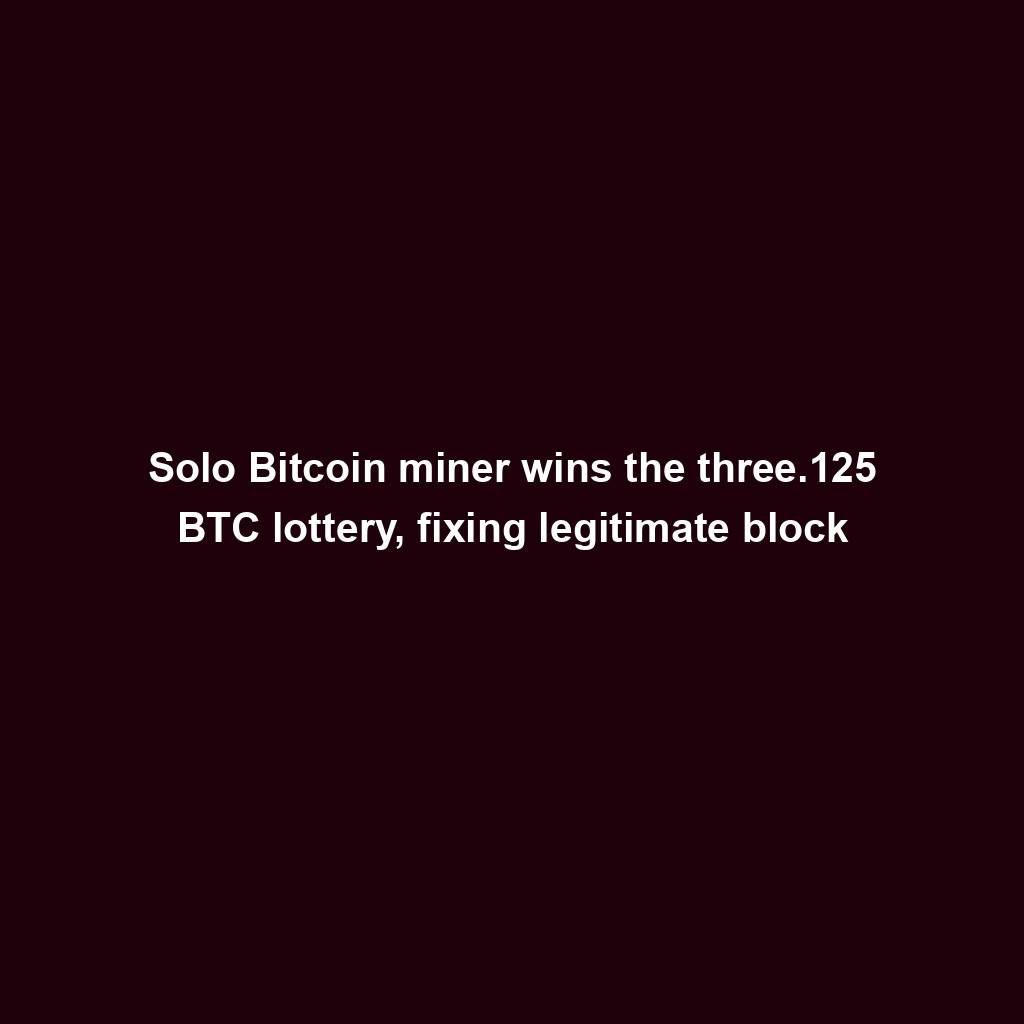
Ace Exchange Suspects Should Get 20-Year Prison Sentences: Prosecutors

Google Cloud's Web3 portal release sparks debate in crypto trade
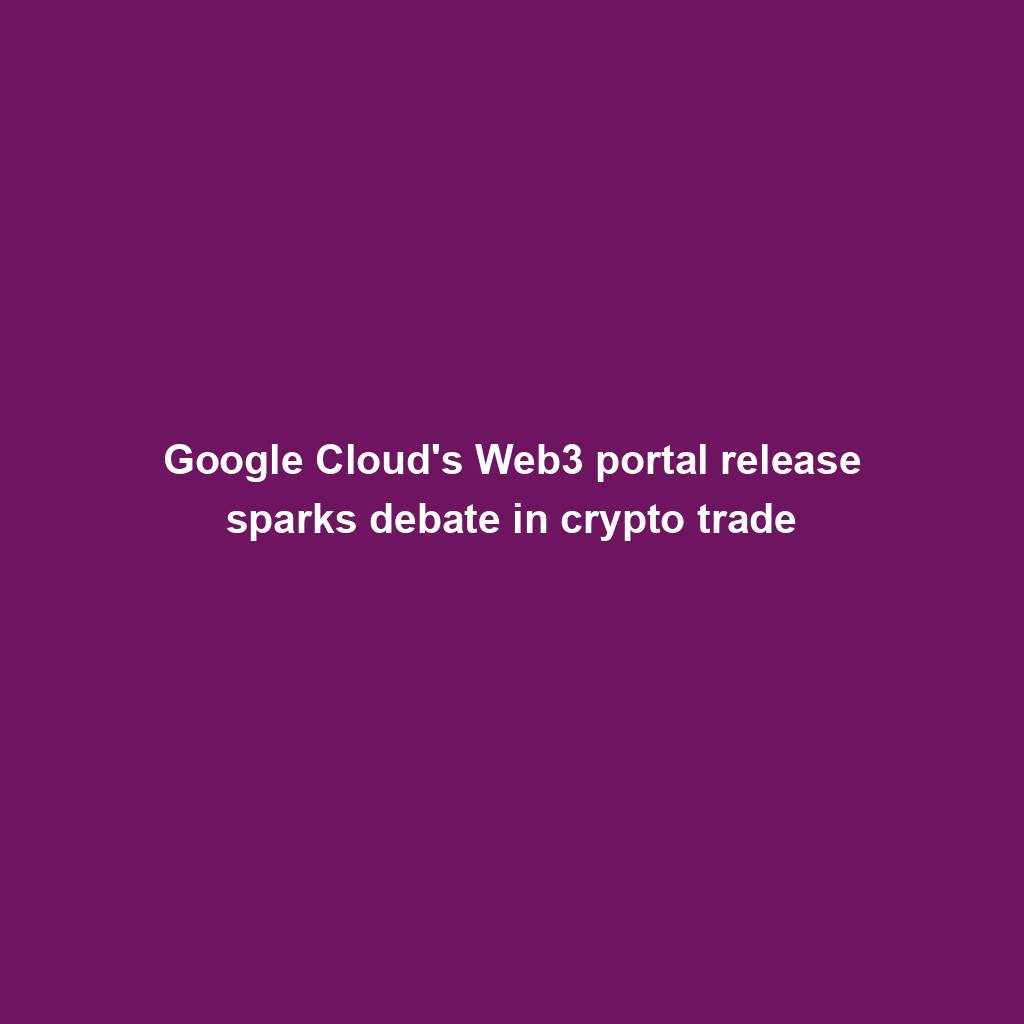
Bitcoin Primed For $77,000 Surge

Bitbot’s twelfth presale level nears its finish after elevating $2.87 million
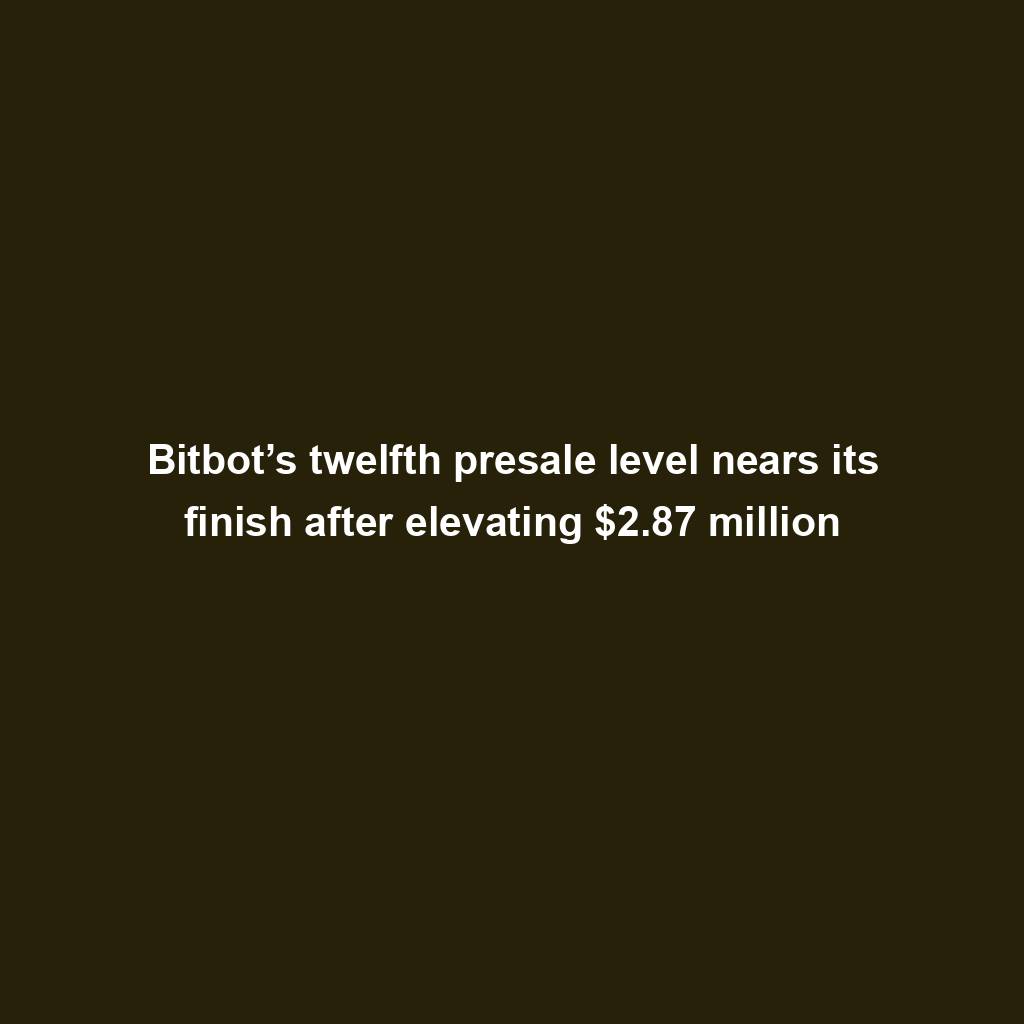
PANDA and MEW bullish momentum cool off: traders shift to new altcoin

Commerce technique: Ecommerce is useless, lengthy are living ecommerce

Republic First Bank closed by way of US regulators — crypto neighborhood reacts
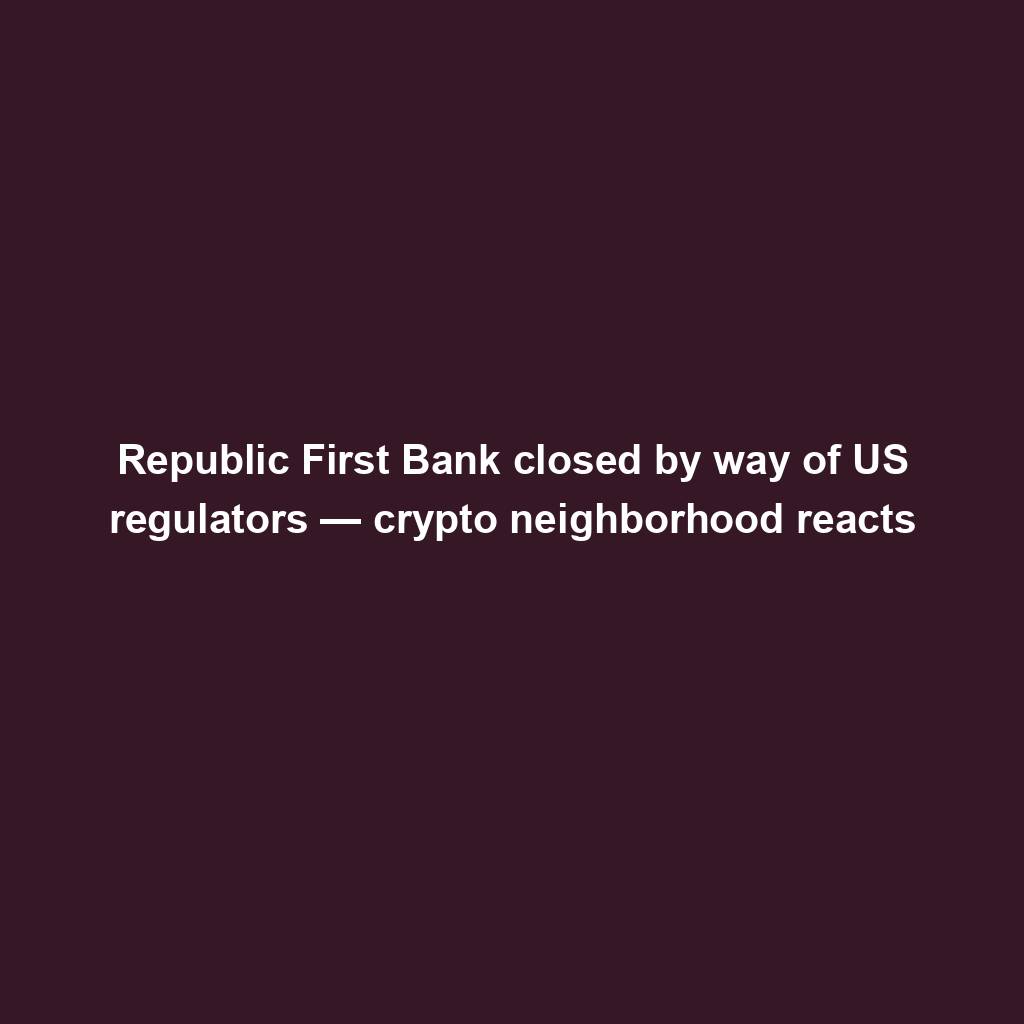
China’s former CBDC leader is beneath executive investigation

Bigger isn’t all the time higher: How hybrid Computational Intelligence development permits smaller language fashions
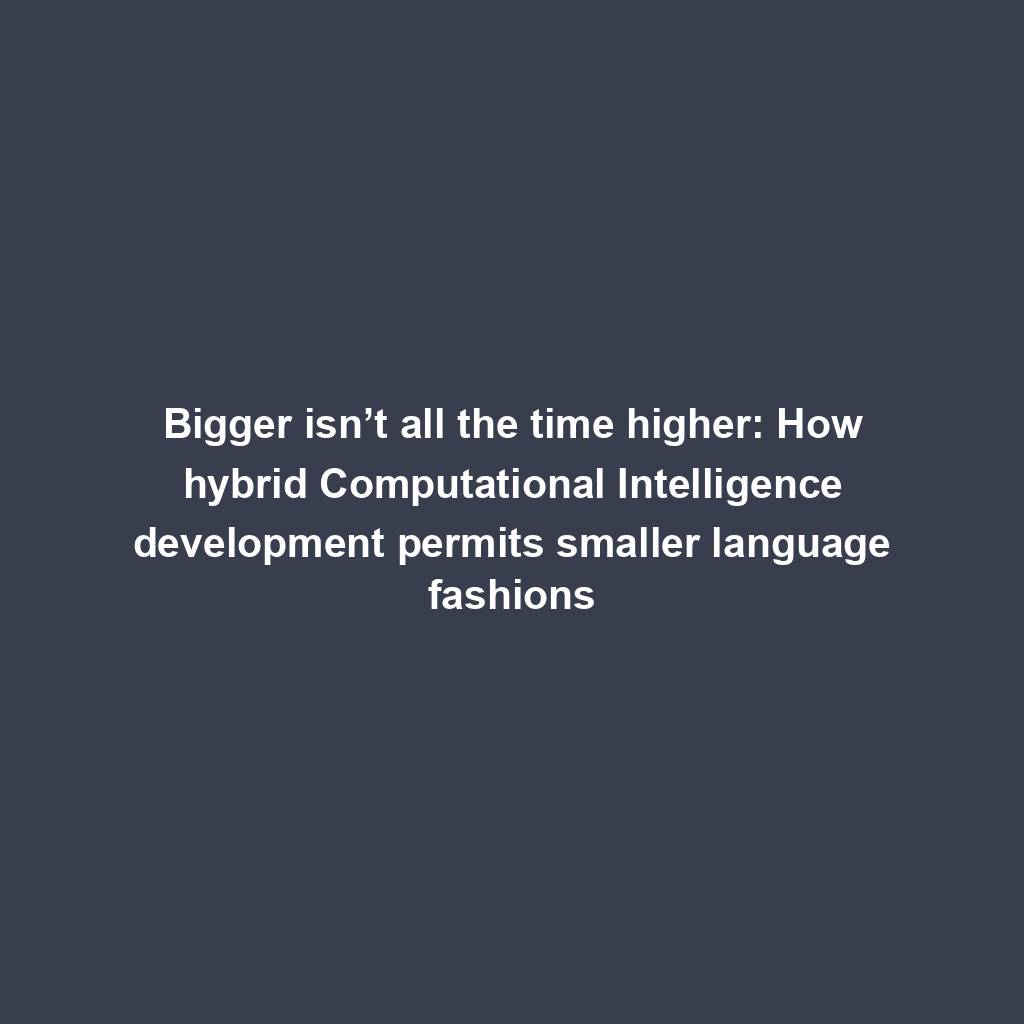
Pantera Capital buys extra Solana (SOL) from FTX
Successful Beta Service release of SOMESING, ‘My Hand-Carry Studio Karaoke App’

SEC sues Bitcoin miner Geosyn Mining for fraud; Bitbot presale nears $3M

Business procedure reengineering (BPR) examples

85% Of Altcoins In “Opportunity Zone,” Santiment Reveals
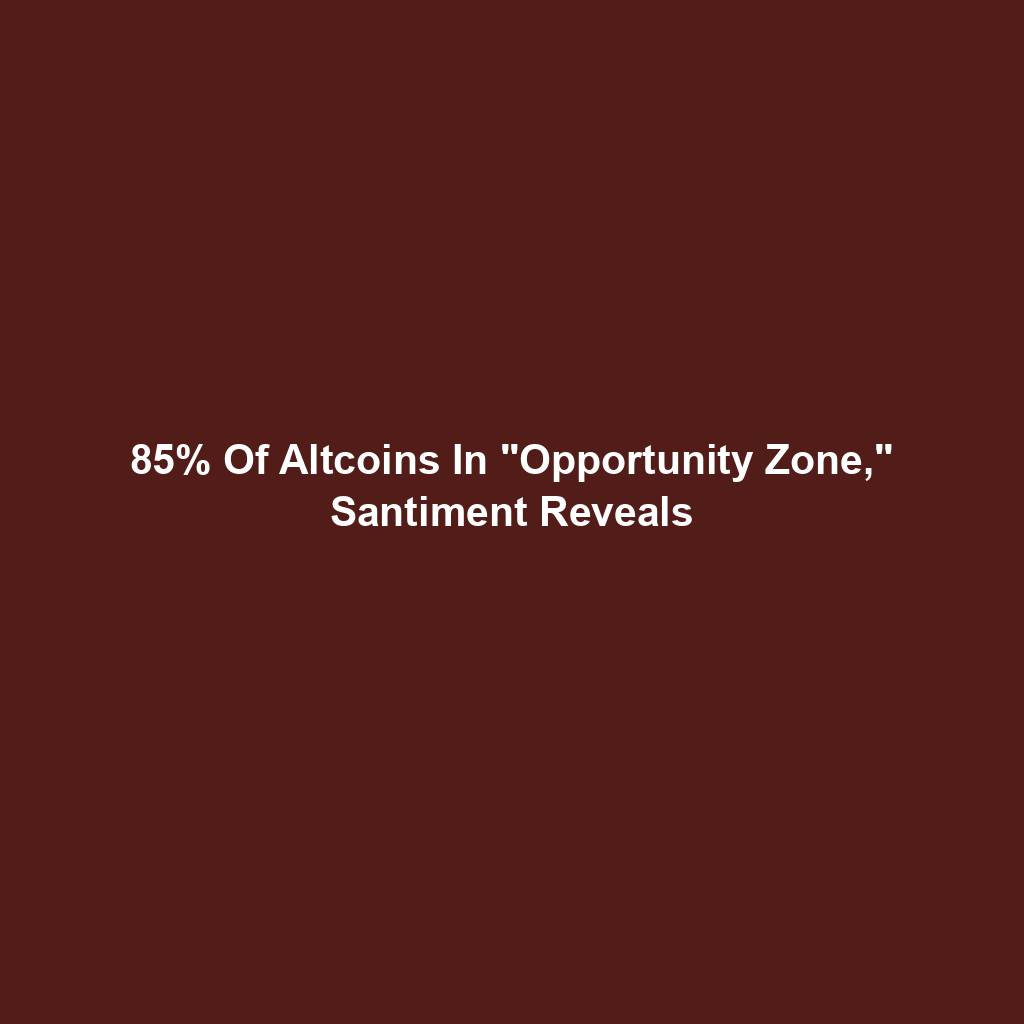
Sam Altman’s Worldcoin eyeing PayPal and OpenAI partnerships
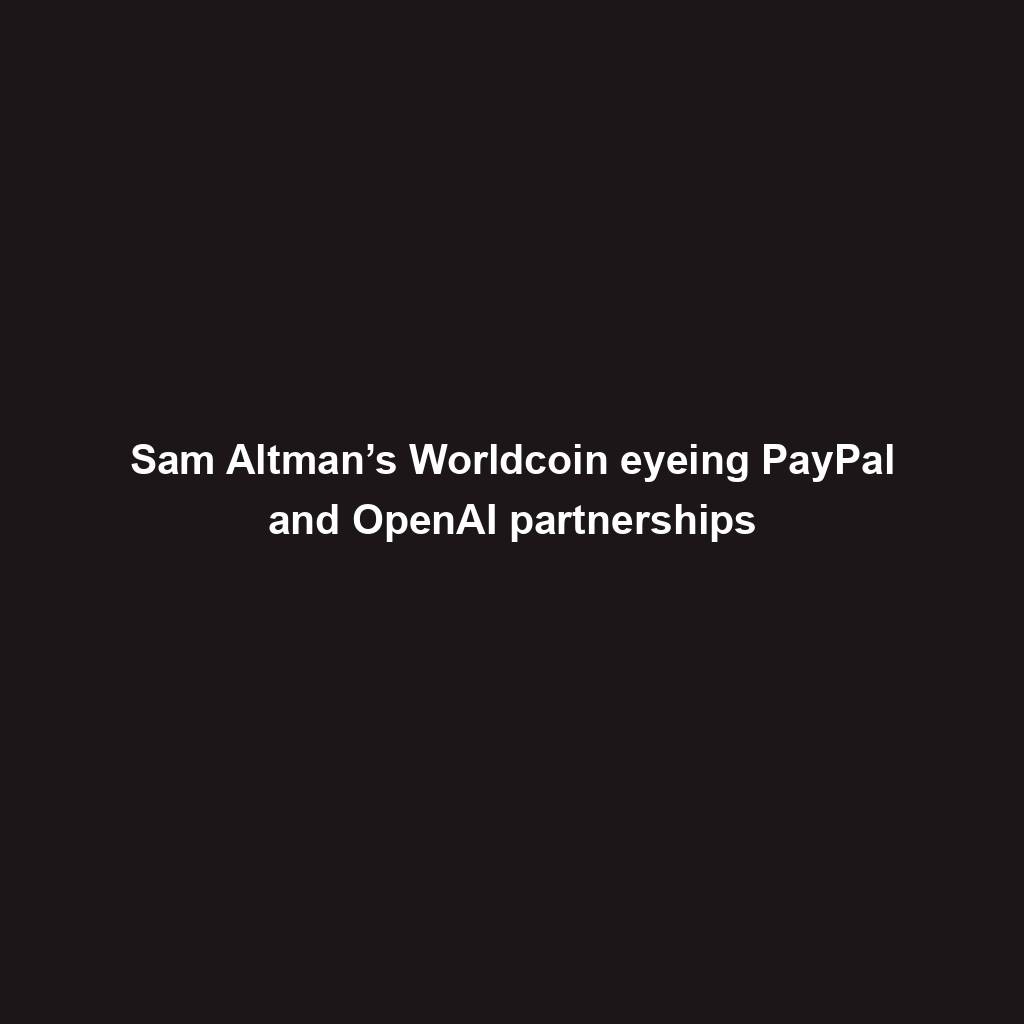
Artificial Intelligence transforms the IT strengthen enjoy
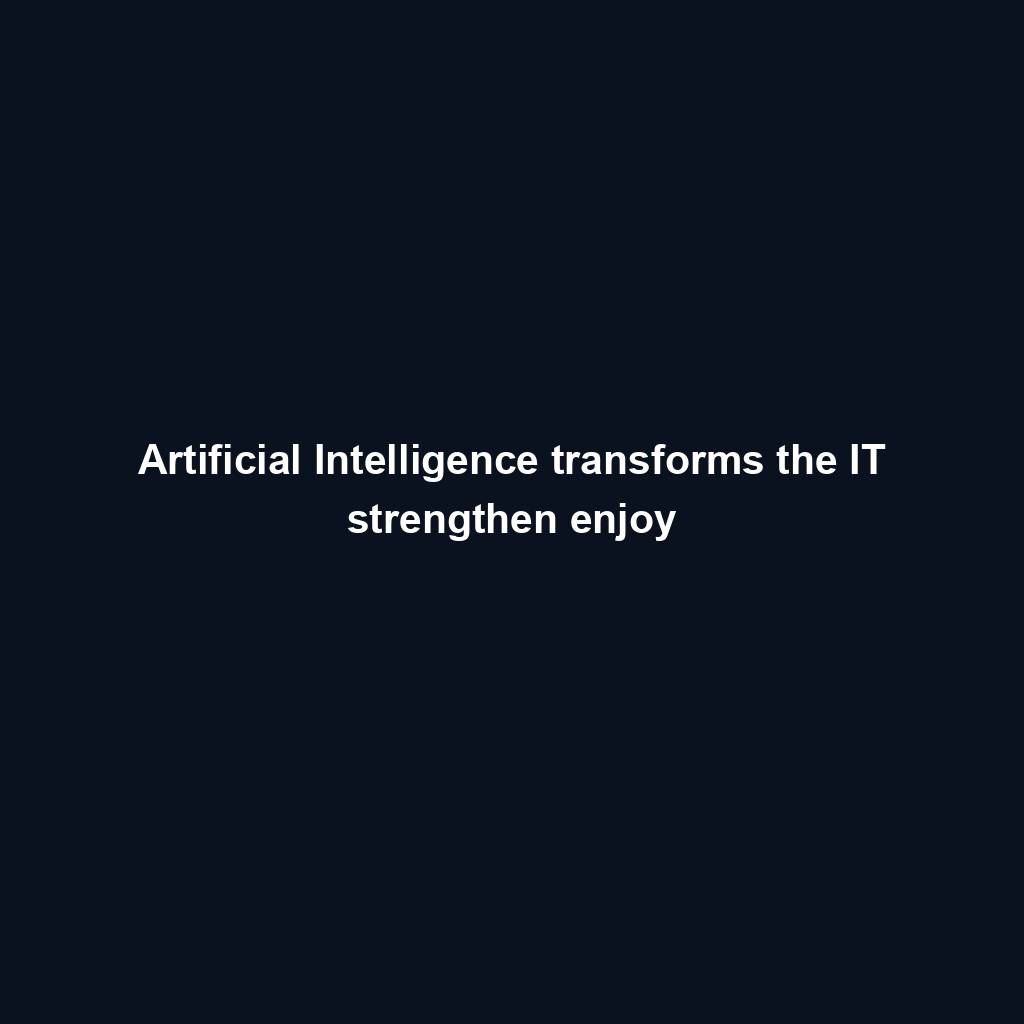
Franklin Templeton tokenizes $380M fund on Polygon and Stellar for P2P transfers
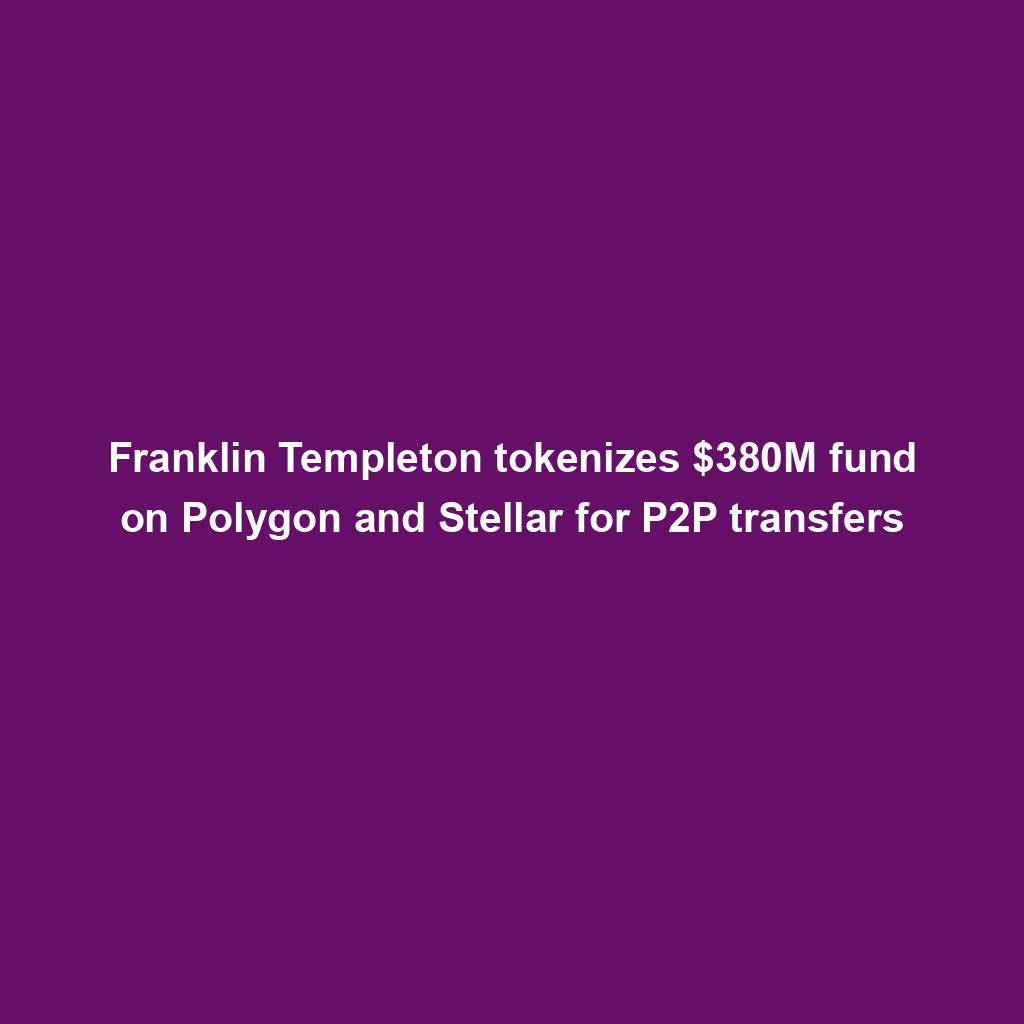
Meta’s letting Xbox, Lenovo, and Asus construct new Quest metaverse {hardware}
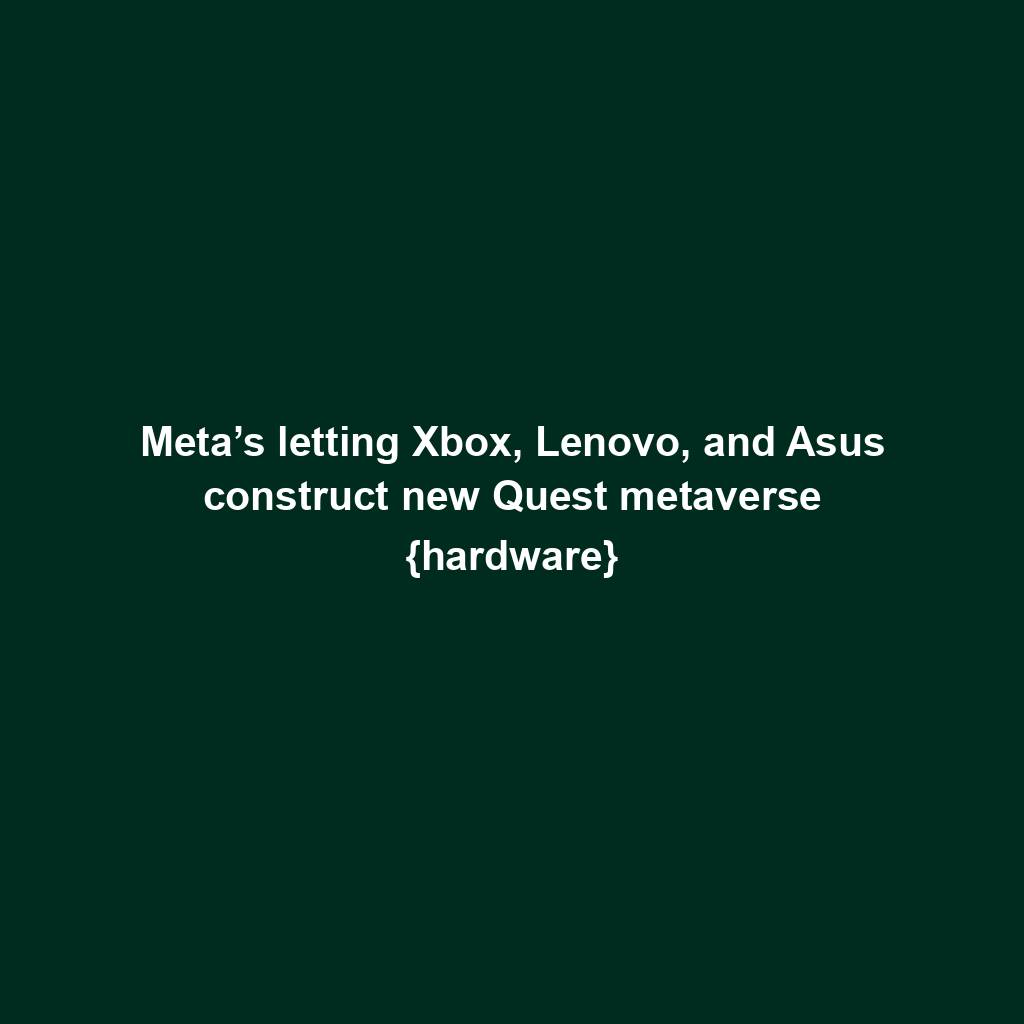
Shiba Inu (SHIB) unveils bold Shibarium plans as Kangamoon steals the display
